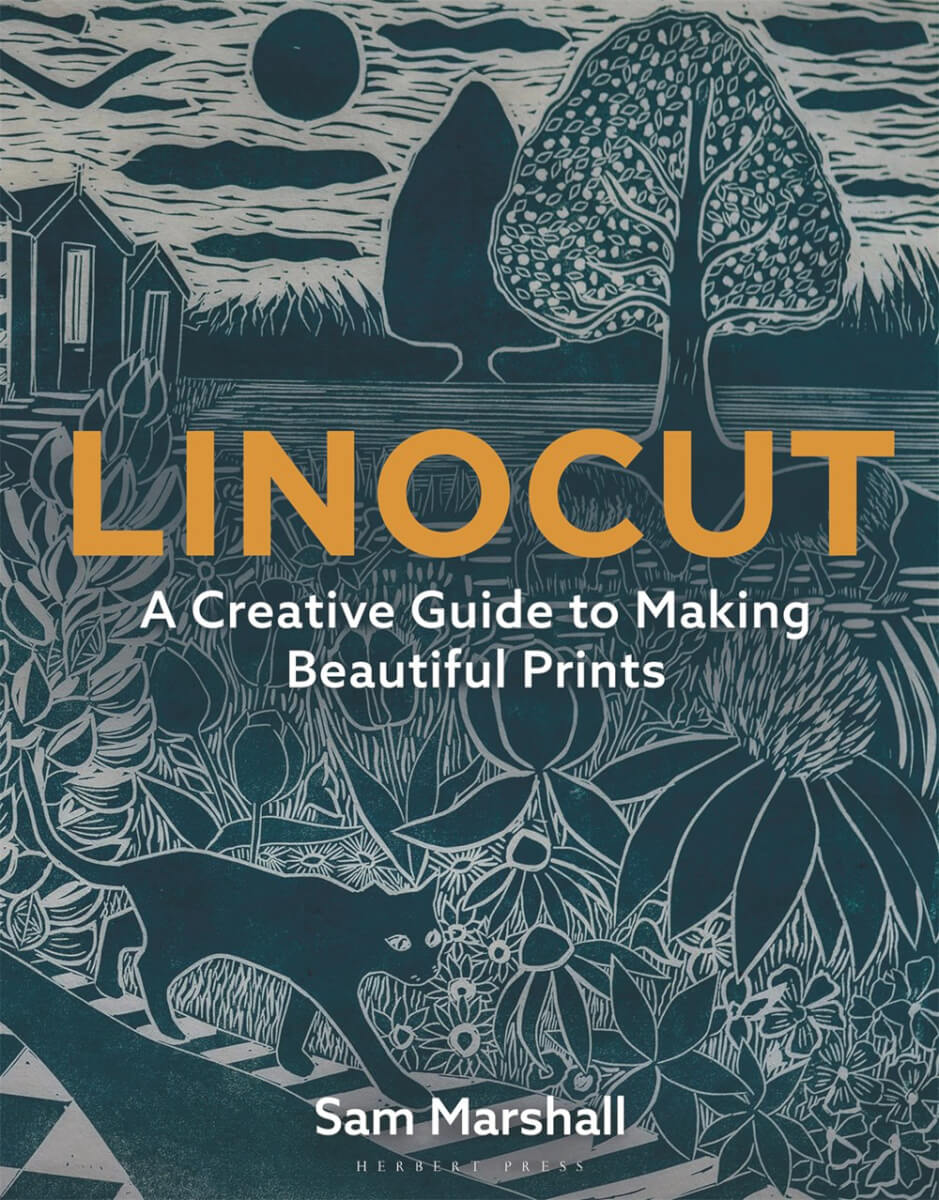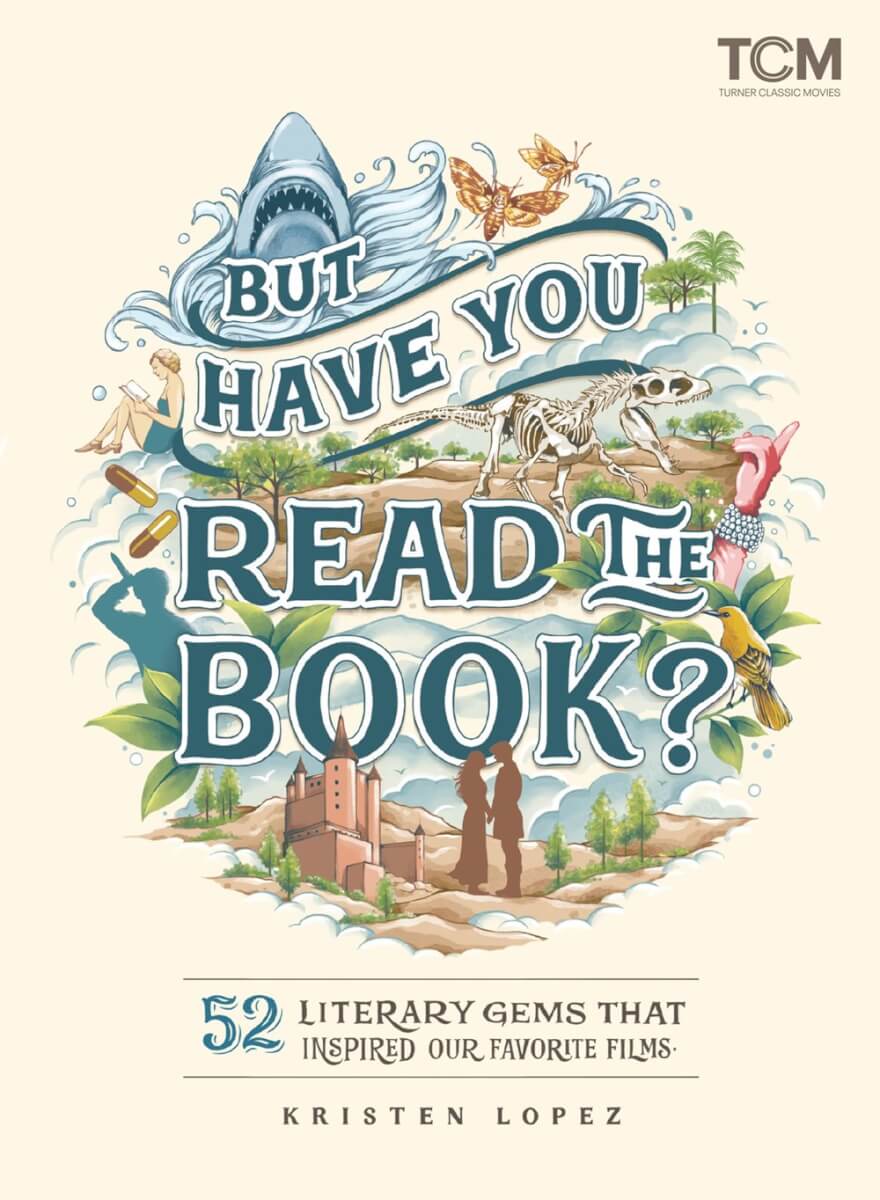As any visitor to my home may note, I’ve long been drawn to the simultaneously bold and delicate look of linocut art, a very hands-on type of relief printmaking wherein ink is transferred to paper via a carved linoleum block. Perhaps it’s time to make a few prints of my own.
U.K.-based artist Sam Marshall’s Linocut makes the process feel approachable, with friendly, precise instructions and projects that build in degrees of complexity. That’s not to say Marshall oversells the ease of this medium. She admits she struggled with it at first and is open about the fact that it’s not unusual to earn a cut or two when you’re starting out—so have Band-Aids on hand! But the act can be meditative once you’ve mastered the feel of the tools, and it’s an art form that can be practiced right at your kitchen table.
Even if I don’t take up a knife and block, the book is a beauty, full of both Marshall’s own prints and those of a few printmakers she admires.
















